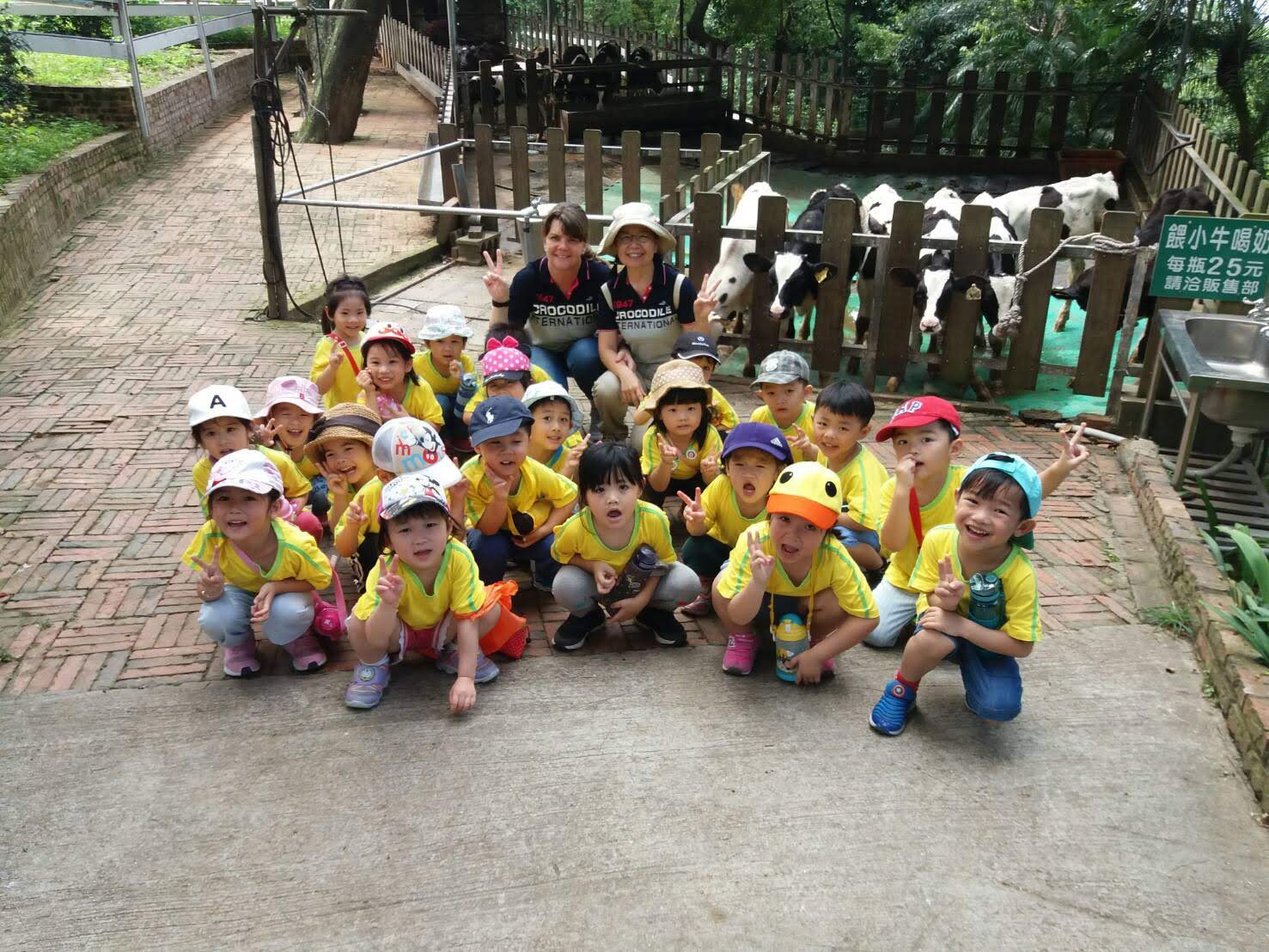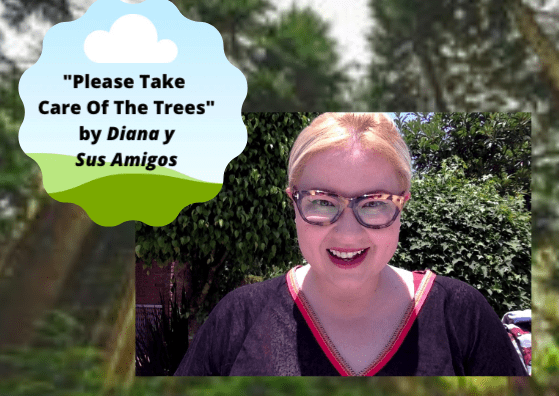Whether you’re celebrating Earth Day or want to use your ESL classroom as a vehicle for positive change year-round, these lesson plans for teaching online and in person will get you started. Read on to find out how to teach sustainability in the ESL classroom and how to offset your own carbon footprint while working in the TEFL/TESOL industry!
If you’re new to teaching, you’ll want to get initial training and qualification with a TEFL certificate. You can explore our online TEFL courses to get started!
How do you teach sustainability in the ESL classroom?
-
Prioritize interactive activities. Sustainability is both about education and action. When combining ESL/EFL and environmental education, don’t forget to choose activities that engage students and allow them to actively participate in what they’re learning. For example, if you have students read an article about a new environmental law being considered, get them to follow up by writing letters to their representatives that use the new vocabulary they’ve learned while also taking action to make a positive change.
-
Mix up the language skills you target. Almost any English language skill or topic can be learned through the lens of sustainability. Be sure to vary the types of activities you do so that your students get to practice their reading, writing, listening, and speaking skills. Using more than one skill will not only appeal to more students – as everyone learns differently – but will also help learners absorb the information better since they’ll be exposed to it in a myriad of ways.
-
Take advantage of the many different resources available. Use a variety of media and resources when planning your lessons. This will keep learners interested and ensure that your lessons are dynamic and engaging. For example, make use of videos, podcasts, articles, and outdoor activities!
Get more tips for designing lesson plans and finding free lesson ideas online.
What are some ESL activities for Earth Day for teens and adults?
Watch a video on plastic pollution
This Earth Day lesson plan is great for both in-person and online classes and gets students practicing their listening skills.
Start the class by asking students to consider how humans have had a negative impact on the earth. Discuss students’ responses and talk about the consequences of each issue (littering, producing too much trash, not recycling, etc.).
Choose a short video (around 2-5 minutes) that introduces the topic of plastic pollution. There are plenty of relevant videos on YouTube from which to choose, but here’s an example from National Geographic to get you started:
Before class, choose a few vocabulary words from the video you select. Pre-teach these words by creating a slideshow with related images to elicit the vocabulary.
Next, give the students a few questions to think about while they watch the video you’ve chosen. These should be general questions to see whether they understand the main gist of what they’ve seen. For example, you can ask, “What is the problem the video addresses? Where is this an issue?”
Students can discuss their answers after the video. Use the video as a launching point for students to discuss ideas to combat the issue of plastic pollution. Brainstorm how they can make positive changes in their own lives to reduce their plastic use. Teens might also enjoy creating their own posters to showcase their ideas!
Take a Micro-credential course in Teaching English Using Video for more ideas.
Send letters/emails to government officials
This activity is excellent for teaching more advanced students how to write formal emails and letters.
Give learners time to research who their elected officials are or which environmental agencies exist where they live (preferably, assign this task as homework). Then, in class, present a sample letter to model good letter writing skills. See if students can help you label the parts of the sample letter (header, date, greeting, introduction, main content, signature, etc.).
Then, ask them to each choose an environmental issue that they feel passionately about. Brainstorm options such as recycling, pollution, etc. Next, students will use the model letter you presented to create their own letters voicing their concerns. It’s also a good idea to pre-teach some relevant vocabulary they can include in their letters.
This activity is great for improving students’ writing skills, and learners will be able to use the letter template you provide for many different types of formal letters they may need to draft in the future.
Listen to a podcast about environmental issues
Podcasts can be a great way to liven things up in the ESL classroom. There are tons of podcasts out there that tackle topics related to environmental issues. For example, The Sustainable(ish) Podcast looks at what people can do in their own lives to help the environment, and The Hopecast by Jane Goodall shares her unique perspective and includes interviews with guests who are striving to make positive changes around the world.
You can use podcasts in a myriad of ways to teach English. For example, you can incorporate your own EFL materials into the lesson by creating a fill-in-the-blank worksheet where students have to listen closely to the podcast to fill in the missing words.
Learn how to create your own materials for the EFL classroom by taking this Micro-credential course.
You can also use podcasts to facilitate meaningful discussions and roleplays, highlight new vocabulary words, and teach concepts like narration and storytelling. Having students break out in pairs (either in person or virtually if your online teaching platform allows it) and interviewing each other about the environmental issues highlighted in the podcast episode is a great way to get them to practice their speaking skills.
Take a Micro-credential course in Teaching English Using Podcasts for more ideas!
What are some ESL activities for Earth Day for young learners?

Go on an outdoor scavenger hunt
If you are teaching in person, taking the class outside can be a whole lot of fun! Create a nature scavenger hunt ahead of time with the vocabulary words you want students to learn. Print off copies for each student. Go over the list before heading outdoors, so the children understand each word (include both the written vocabulary word and an image next to it). For example, you could include words like tree, bee, cloud, ladybug, spider web, and rock.
See if the students can find all of the things on the list. You can even turn it into a competition by seeing who can find the most, who can find them all the fastest, etc. At the end of the activity, be sure to talk about how each item/insect is a part of the earth’s ecosystem and how to treat it with respect.
-
Online adaptation: Send students the scavenger hunt ahead of time and include things they can gather, such as rocks, leaves, sticks, or flowers. Have them find the objects before class and bring them in to share them with their classmates. Ask thoughtful questions about what they found. For example, see how many students found pink flowers or who brought the largest leaf.

Read a book about the environment
Storytelling is so important for young learners, and there are plenty of books out there that you can use to teach sustainability in the ESL classroom. For example, Dr. Suess’ famous book, The Lorax, is full of rhyme, vivid illustrations, and lively characters to keep children interested. The story is a great way to get kids thinking about the impact that they have on the environment and how positive change is possible, while practicing their English skills of course!
As a bonus, Random House Children’s Books has a website with free educational resources to accompany Dr. Suess books. There are several downloadable resources that go with The Lorax. For example, you can print off (or send virtually) copies of coloring pages, word searches, and other activities to complement your lesson.
How can English teachers practice sustainability in their own lives?

There are many ways to practice sustainability in your own life as an online or in-person teacher. Here are a few things to keep in mind:
-
Teaching virtually from home means you don’t have to commute, reducing the greenhouse gases you contribute through transportation.
-
Those teaching abroad (or online as a digital nomad) can choose to bike or walk when exploring the cities where they work.
-
Many English teachers choose to volunteer through organizations like the Peace Corps. These teachers often end up helping with community projects that can be sustainable, like starting community gardens/centers or expanding access to clean water. You can learn more about the importance of community impact when working as a volunteer in the Bridge Micro-credential course in Teaching English as a Volunteer.
-
Traveling teachers can work to offset their carbon footprint by booking non-stop flights and choosing transportation methods other than flying for closer destinations. There are also rideshare options in many countries.
-
Whether abroad or at home, teachers can prioritize recycling, opt for reusable items, and be mindful of their water and energy consumption.
You can make a positive difference for the earth by teaching sustainability in the ESL classroom and practicing environmental mindfulness in your own life, which also sets a great example for your students. You can incorporate some of these Earth Day lesson plans into your class to facilitate lively discussions about the environment and inspire change across the globe!








